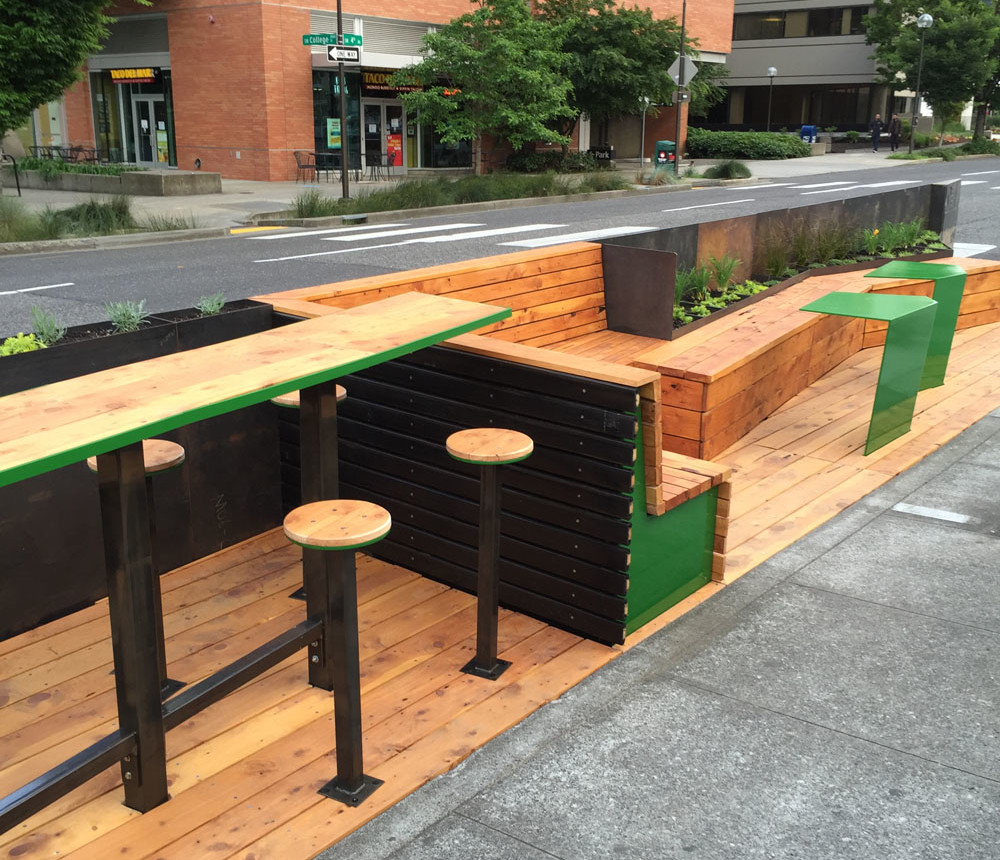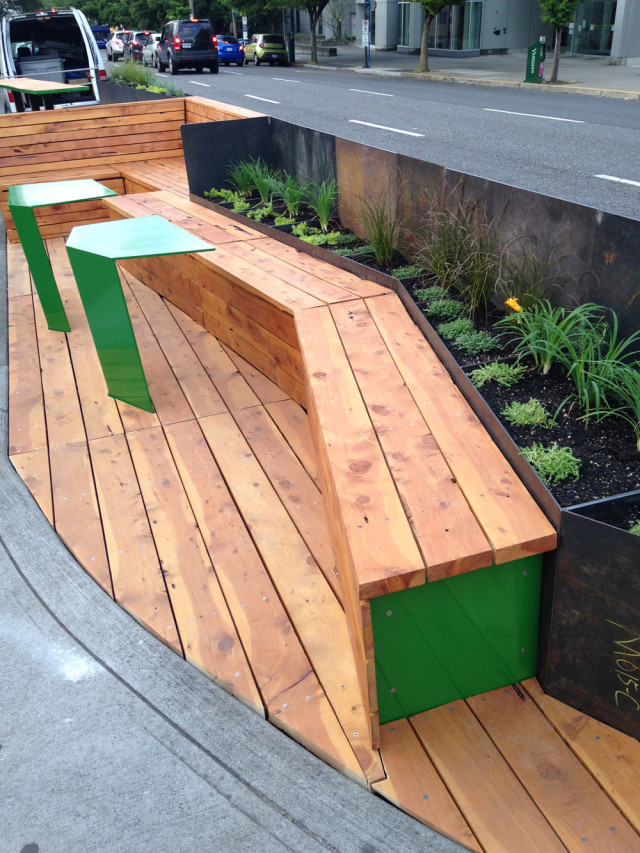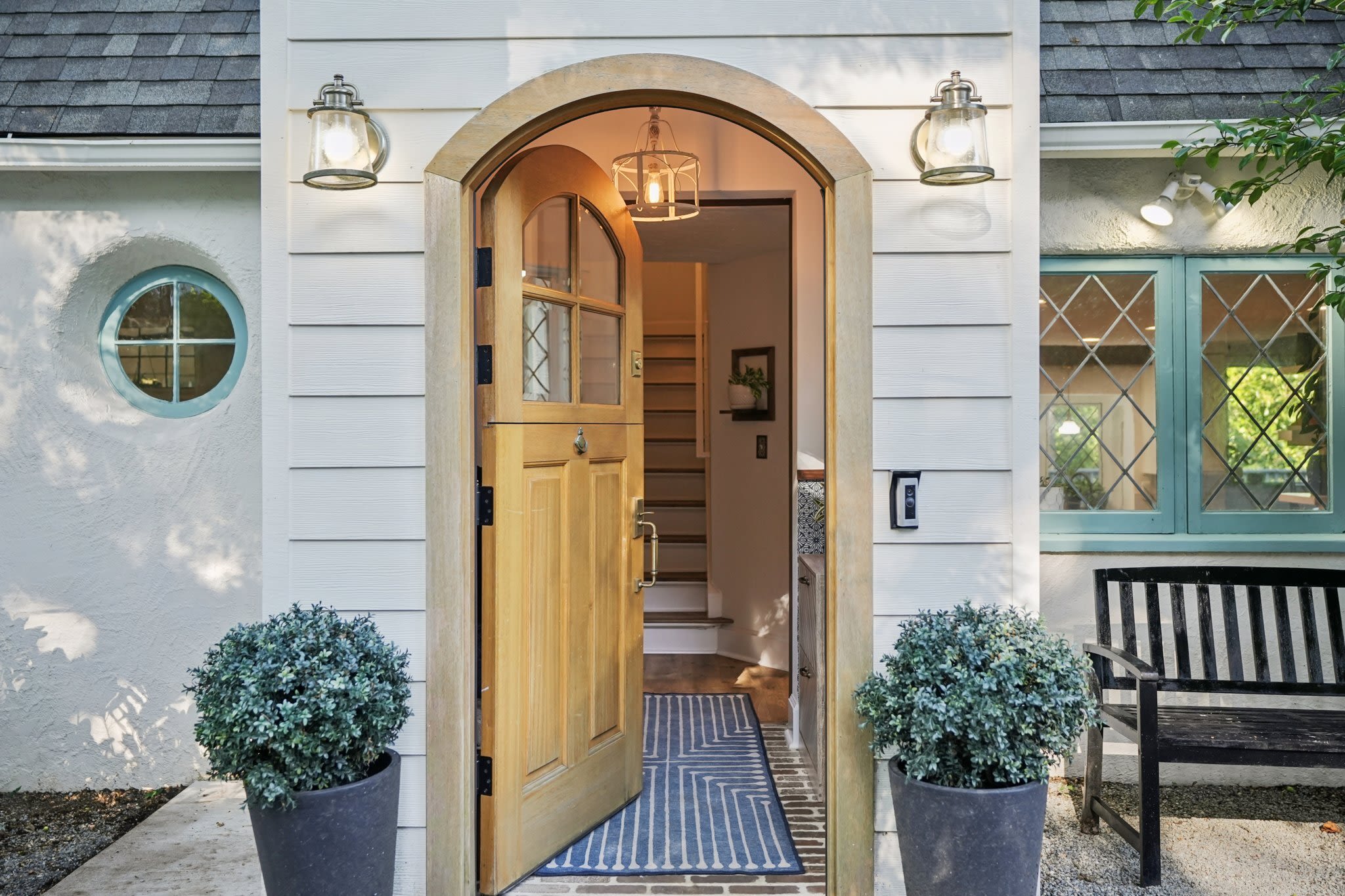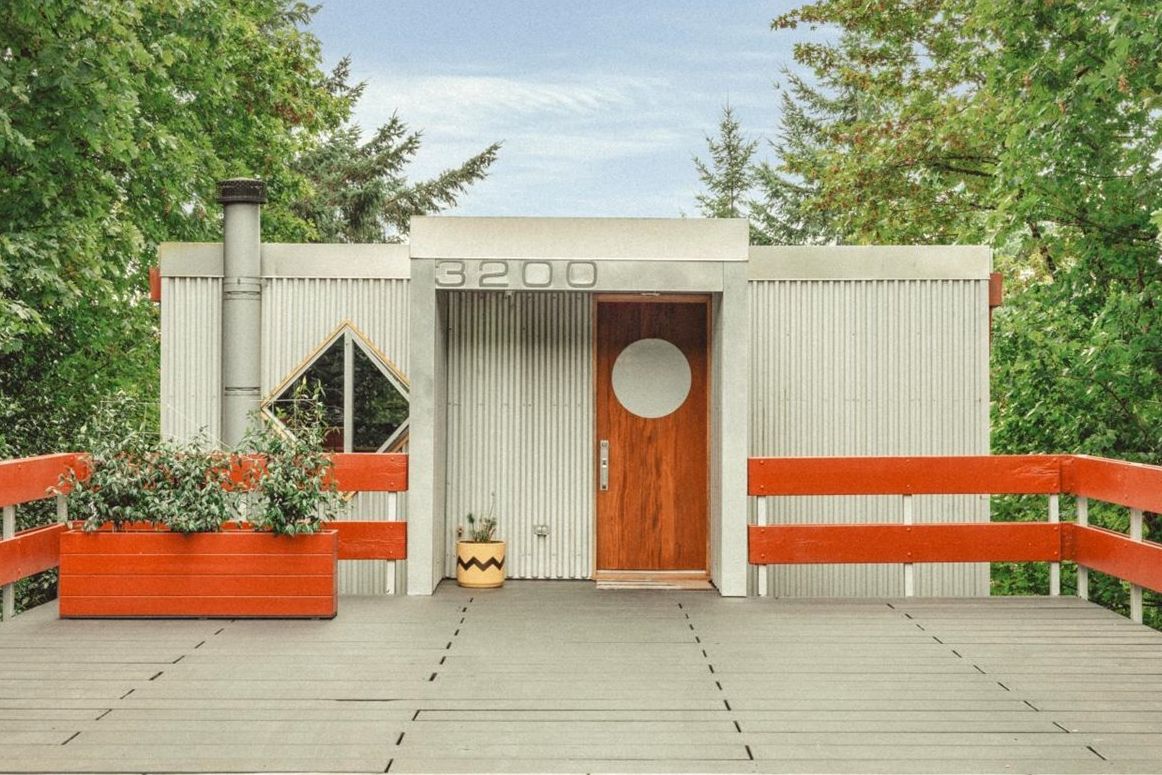This New Mini-Park at Portland State Is Completely Adorable In Every Way

The student-designed parklet on Southwest 4th Avenue is city's first public micro-park. Photograph by Michael Coon.
“I could have given them an essay,” says B. D. Wortham-Galvin of the students she teaches as an assistant professor of architecture at Portland State. Instead, she sent them on a tangible mission: to conceive, design, and build Portland’s first public “parklet.” The 41-foot-long pod of public space on Southwest 4th Avenue consumed 1,650 hours of work over 18 months, but the case study of sustainability, permitting, and hands-on construction created a living classroom no library research could replicate.
And it created approximately the cutest little place to sit and chill ever.

A PSU architecture prof set students loose on the parklet as a practical essay in sustainable, public-spirited design. Photograph by Michael Coon.
The PSU parklet team built seating with sustainably harvested and just-flexible-enough juniper, a fast-growing (even invasive) wood that’s attracting more attention among Oregon green-building advocates. A decorative and functional bumper, made from repurposed escalator handrail from PDX, may not inspire the cultish worship of the airport’s old carpet, but it’s decidedly more useful. The handrail surrounds the outer area of the parklet, adding a talking-point design element, but also insulating the area from wayward vehicles and separating the bar-style and bench seating.
Sidewalk cafes and patios are great, but in order to use them, you must be a patron of that restaurant. Here, anyone can sit down. The parklet serves as permanent, public-use seating, and the public loves it. Even before the ribbon was cut and at the official opening in June, the parklet was in heavy use, and Wortham-Galvin and students fielded inquiries about future projects.
Though small in square footage, the parklet already has had a notable affect—not only on weary passersby, but on the students involved. The pride they took in their work surprised Wortham-Galvin, because “the pride wasn’t attached to ‘I’ – it was pride that they had benefited random strangers and the city in a tangible way.”




